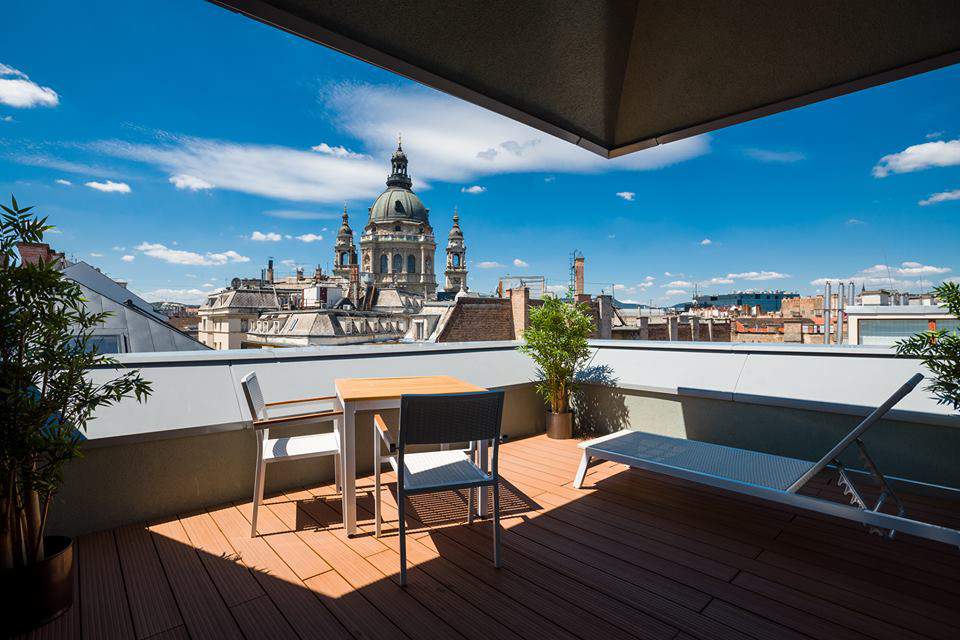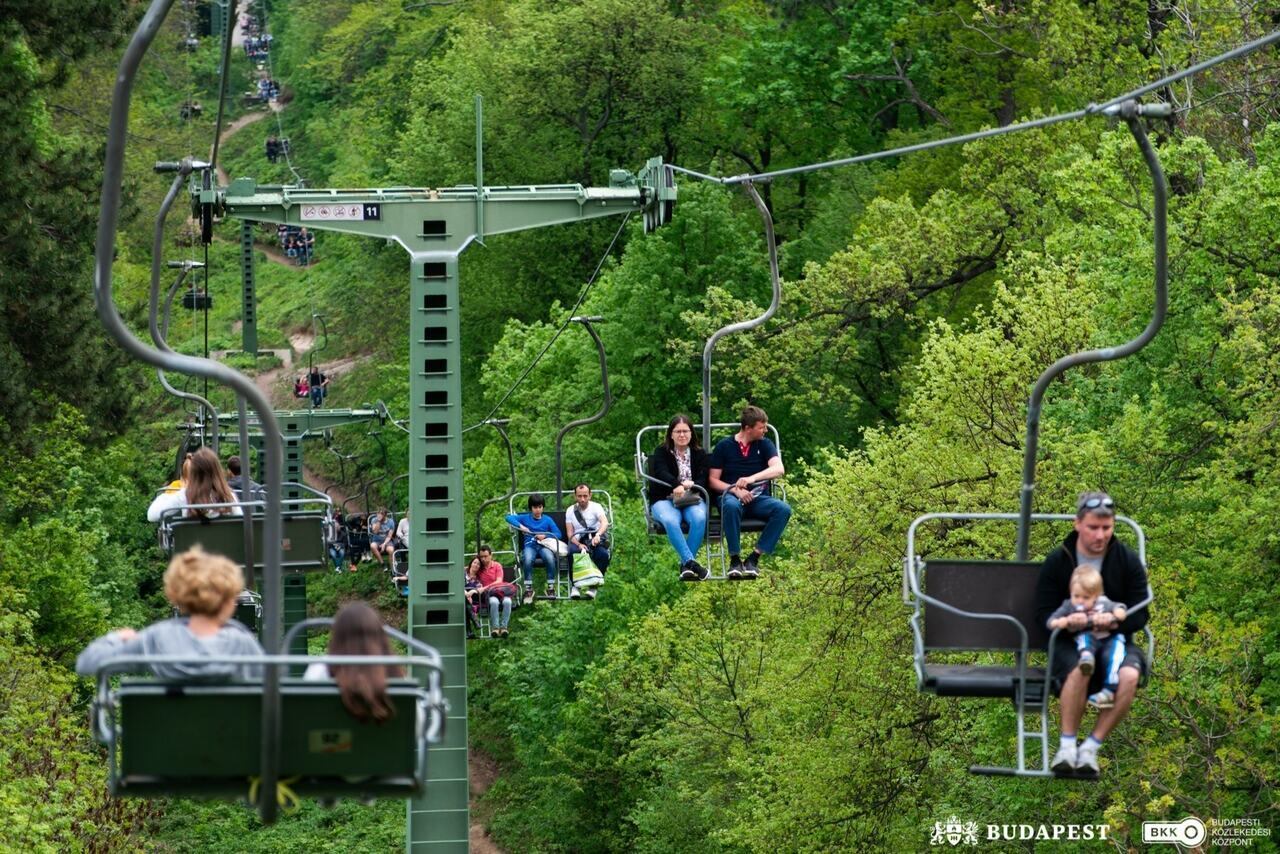The art of sewn flowers – Kalocsa embroidery
Besides Matyó embroidery, there is another style of folk art which had a great impact of cloth-making: it is the Kalocsa style. It received its name from a city in the southern part of Hungary where it was made for the first time. It is still quite popular among Hungarians and tourists alike.
The art of Kalocsa embroidery originates from the 19th century, according to Folkfashion.hu. The embroidery was originally plain white and the pattern was formed of holes. They usually used only white yarn to decorate bedclothes and tablecloths. Red-blue and black cotton yarn was only used for other types of textiles. It was only in the 20th century when the Kalocsa embroidery began to use colored materials on a wider scale.
Moreover, the creators of the embroidery developed a color pattern of their own.
For example, the red or scarlet rose always has a yellow middle, while the center of pink flowers is a darker shade of amber.
The female dwellers in Kalocsa sewed embroidery as hired labor by the end of the 19th century. It was originally made for the upper-class families of the surrounding towns. Before the custom of hired work, the women and maidens of Kalocsa made such works only for themselves. The spreading of the sewing machine in the 20th century also helped Kalocsa embroidery to become a part of the clothing industry.
The coloring of the embroidery on a piece of clothing is determined by the age of the person who wears it.
The bride’s dress was the most vivid and colorful. As a woman got older, her dress became less brightly colored and darker. Blue, purple and green were the signs of mourning according to this special symbolism.
Kalocsa embroidery uses a mixed type of sewing, according to Kalocsaiminta.hu. It does not have any strict rules for stitches and forms. Though there are typical forms in this style, they often have minor unique changes from one piece of work to another. Kalocsa embroidery is like a fingerprint: there aren’t two pieces which are the same in pattern and color.
Arrangement is an essential part of this style. There are three main ways to place the symbols on a piece of work: the “wreath” type, in which the patterns are arranged in lines; the “bunch” type, in which the formation resembles to a collection of concentric circles; and the “thrown” type, which means that the motifs stand by themselves in a rhythmical arrangement.
Though the patterns often seem to be symmetrical, we can often find slight differences between the two sides.
Flowers are arguably the most typical motifs of Kalocsa embroidery. The creators often sew plants like violet, lily, tulip, carnation, margaret, lilac and, of course, rose on the clothing. Paprika, berries or rosebuds are also recurring elements in this type of art. Flowers usually serve as symbols of different human feelings, states of life or other phenomena. For example, carnation stands for kink, tulip for femininity and heated emotions, violet for loyalty and hope, while sunflower is the symbol of enlightenment. Sometimes coloring also matters: while red rose is the flower of love and happiness, the white rose is rather related to purity and quiet.
Source: Folkfashion.hu, Kalocsaiminta.hu
please make a donation here
Hot news
Unemployment stops rising in Hungary
Foreign workers at Wolt Hungary: courier and restaurant manager chime in – and they are not happy
Hungarian FM Szijjártó: We won two battles in Brussels
Bizarre developments: Orbán cabinet now targets rainbow-coloured items!
Hungarian defence minister: Most important thing is peace
Huge honour: 3 Budapest hotels in Europe top 10!





1 Comment
admirable, piece or reporting, it is what makes me to read your esteemed, news publication
wornderful public service , in trade and culture
thank you
RAMESH